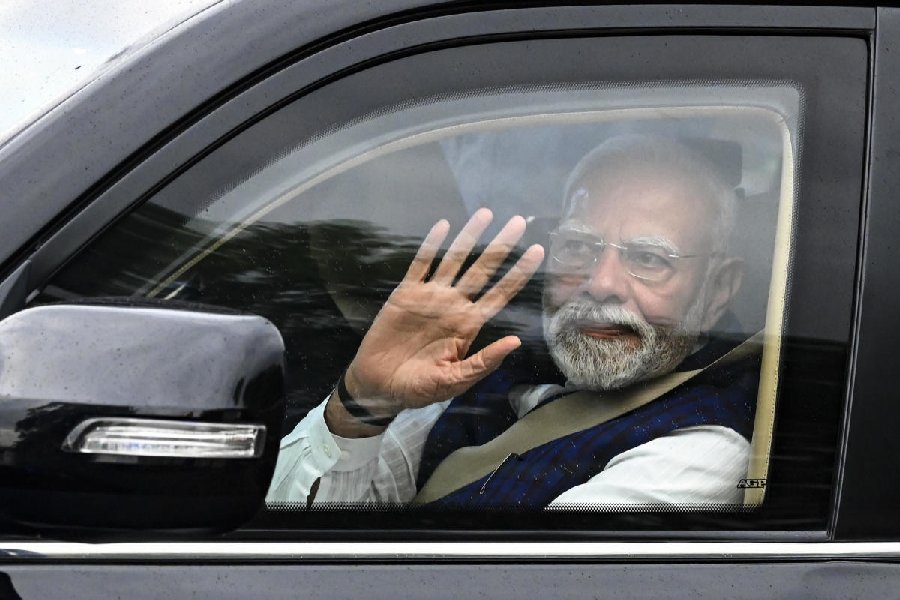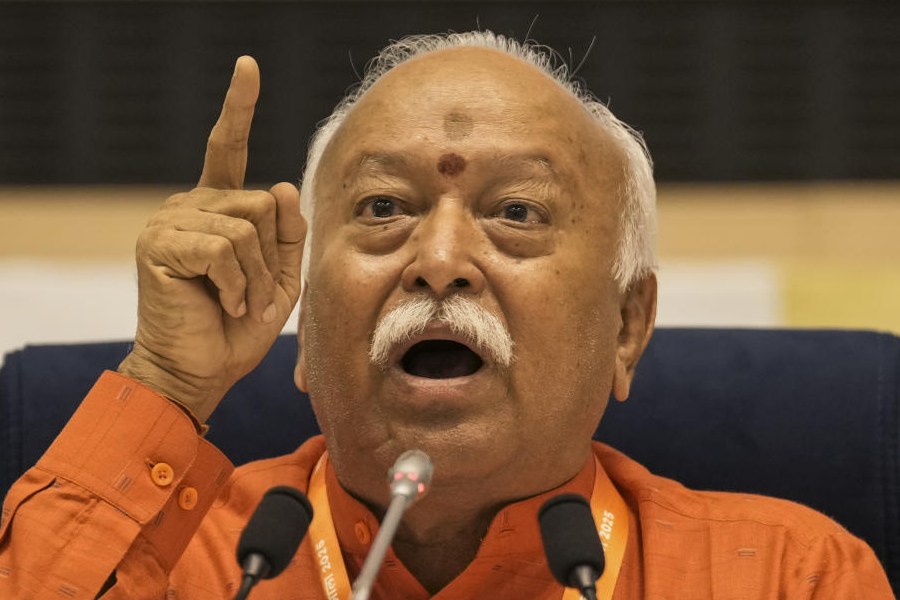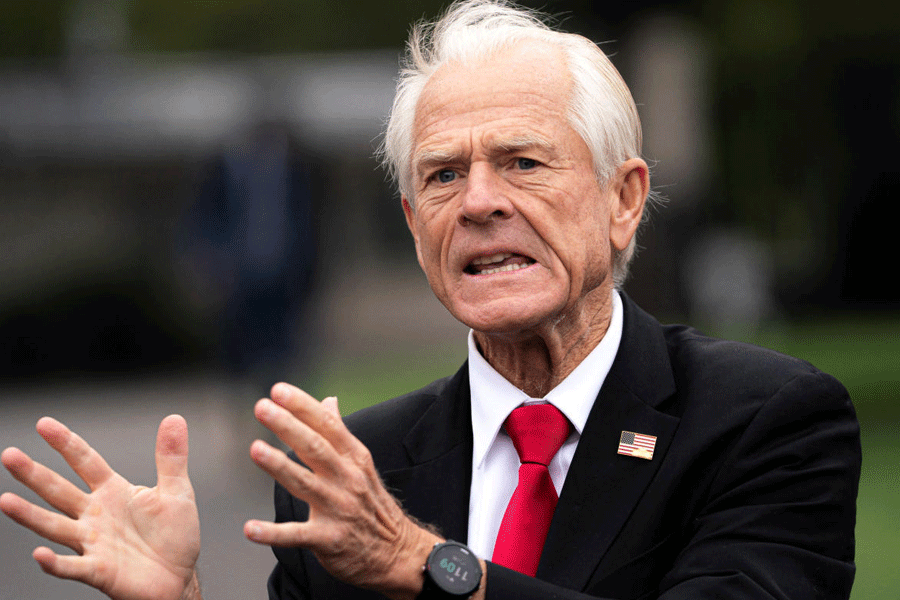|
|
| Indo-US joint military exercise in Agra |
“US forces and their Indian counterparts have parachuted to the ground near the Taj Mahal, held cold-weather exercises in Alaska and Ladakh, conducted jungle-warfare training in Assam, patrolled the Malacca Strait, and held joint air force exercises. US-India military-to-military cooperation is evolving along lines that the Pentagon has established with many non-allied but ‘friendly’ countries. The policy challenge is to continue this enhanced cooperation and, where possible, to enlarge its parameters”.
These are not opening lines from a Humphrey Hawkesley shocker about national security rivalries in south and east Asia foretelling nuclear doom. They occur casually on page 23 of a Chairmen’s Report of an Independent Task Force co-sponsored by the Council on Foreign Relations and the Asia Society (October 2003) presented by Richard Haass, the CFR president, in New Delhi. These organizations represent US national security and area studies orthodoxy. The three co-chairs include two retired ambassadors to India and Pakistan, and a defence executive: the writers are former ambassador, Dennis Kux, author of authoritative books on US policy, and Mahnaz Ispahani, an ex-East Pakistani expert on road rivalry on the western mountain and Himalayan borders. The principal co-chair is Frank G.Wisner. Redoubtable son of a CIA executive under Allen Dulles, he turned Indo-American relations around in the days of I.K. Gujral and Jaswant Singh’s foreign policy of first meekness and then hard-nosed nuclear bargaining, and is now a multinational financial service provider.
The report sees the rivalry of the two as the lynchpin of present subcontinental instabilities: in economic and ideological matters as well as border embattlement in Kashmir, Punjab and the Thar desert. It praises the new BJP role in what the report itself puts as a “US-friendly” state. There is a wide span of military, resource-competitive, commercial and intellectual area in which the group sees the US stabilizing a tough moderate influence and hopefully “facilitating” a subcontinental bastion for itself in the main axis of the Indian Ocean littoral.
This is not a paper on Indian concerns about Pakistani sponsorship of cross-border terrorism: nor is it about fears of American penetration into fanatical religious education in the Pathan borderland of Pakistan. The idea of strong religious symmetry in subcontinental politics has come to stay. South Asian secularism is treated as past history. There are no references to the sangh parivar in India, or to the Muslim nature of the Pakistani state, no more than there is to the Hindu character of the Nepal monarchy, to Bhutanese Buddhism, to Islamic Bangladeshis, to Sri Lankan Buddhists dominating Hindu Tamils, Christian burghers or Muslims, or to Muslim Maldiveans. The dominance of religion in political grouping, and by implication in minority formation, is however a given: as much as it was to British de-colonizers in 1947, or as fundamentalist Christianity is to the US Republican Party. The report accepts that “apart from a promise of a less corrupt and more effective governance than was the norm under the Congress Party, the BJP’s principal and emotionally charged electoral plank has been its desire to promote Hindutva, or Hindu values, as the country’s political and social leitmotif... substituting Hindutva for the ‘secular values’ stressed by India’s founders, especially Jawaharlal Nehru, who emphasized the importance of respect and tolerance for all religion and communities in India’s pluralistic society”.
Religious dominance must, however, be restrained from becoming extremist: or brutal violence “such as that which followed the destruction of a Mosque in Ayodhya in…1992 and savaged the state of Gujarat in 2002 could tear apart the country’s fragile social fabric”. The report’s only hope is that “Prime Minister Vajpayee and other moderates will prevail over BJP extremists. If they fail, the consequences will be grave for India, its democracy, its relation with the United States, and it’s standing in the world”. Mark the ranking of the external factors which Indian democracy is supposed to consider. General Pervez Musharraf too can be depended on to guide Pakistani prospects for a stable balance of power, trade and collaborations in Asia. Post-taliban Afghanistan, to which the report devotes much space, is being structured on the same principles by Hamid Karzai, similarly soft Islamic mujahedin and other warlords outside Kabul have to be demilitarized as a top priority. Soft Islam in the north-west, soft Hindutva in India is a non-partisan priority.
Strategic partnerships, based on soft religious majority governments in south Asia, are the velvet glove over the mailed fist of economic collaboration founded on non-proliferation and the World Trade Organization. The priorities here should rest on India and Pakistan as potential entrants in world nuclear power, and on North Korea as the only rogue element to be corralled. India’s aspiration for a permanent seat in the security council can be considered. Its claim for access to high-technology accessories, militaristic advanced warning of missile threats as well as in communications in general, are all on the cards. So is its position as the regional gendarme vis-à-vis Pakistan, let alone Nepal or Sri Lanka. Pakistan has always been in the kitty: it has to play ball. There is just a hint of turning on the heat if it flirts with North Korean nuclear recalcitrance.
This is a 21st century Asian political scenario. The Russian federation has been neutralized by its economic complexities and its need to Westernize in pace with, at least, Europe. The Caucasian and central Asian republics are scrambling for a place under the wintry NATO sun. West Asia feels the US-British axis’s mailed fist. Southeast Asia is too politically inconsequential. Australasia on the Pacific fringe is, to use a term used by British India for the Nizam of Hyderabad, Yar Wafadar, “trusty ally”. So now is Japan. For the present, China lies low, intent in using the Shanghai Forum for Cooperation to strengthen its central and north Asian outreach. In this context, the US geo-strategic new perspective for south Asia is the logical one of isolating the Kashmir issue, going for confidence-building measures and Track II diplomacy between contesting parties, and for bolstering up moderate religious elements by appropriate educational reforms in Pakistan — a fig leaf for emasculating the religious content of its Deobandi madrasas — to build a new sort of traditionalist civil society tuned through its consumerist aspirations towards economic and mental subordination to multinational capitalism, a new sort of imperialism.
The promise of an independent, non-capitalist path to peace and progress, still latent in large parts of Asia, Africa and Latin America in the Sixties and Seventies, has withered on the vine. In its place comes political factionalism, accelerated economic inequalities, and, among people plagued by socio-economic uncertainties, irrationalism, which forsakes tranquil spirituality, to fortify the mind by superstitious practices in the name of religious revival. The report-writers would say that these are popular verities of the present that their brief is political management based on deep study of realities and not ideals, and that superpower management ensures stability in their own national interest. Take it or leave it: the final choice is for south Asians. Do we have genuinely independent alternatives for more self-respecting national futures? Intellectually and politically, we must authentically face this question. Or there is the risk of becoming what the US foreign policy polemician, Zbigniew Brzezinski, has called a “vassal state” of US neo-conservatism.











